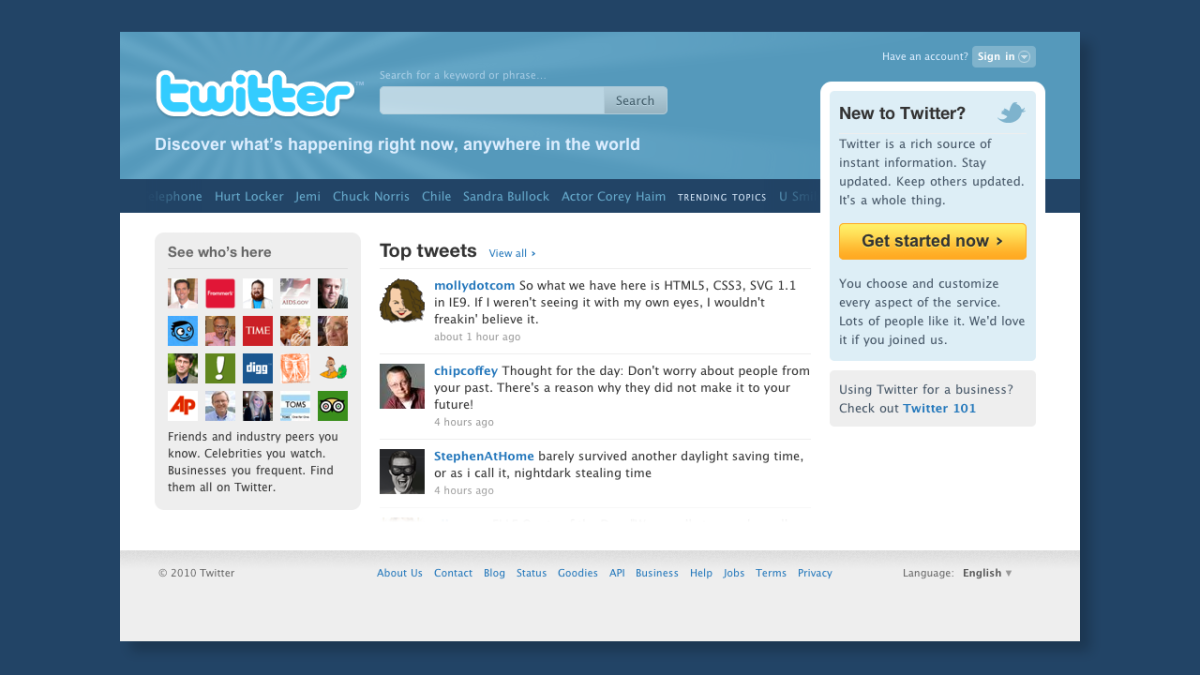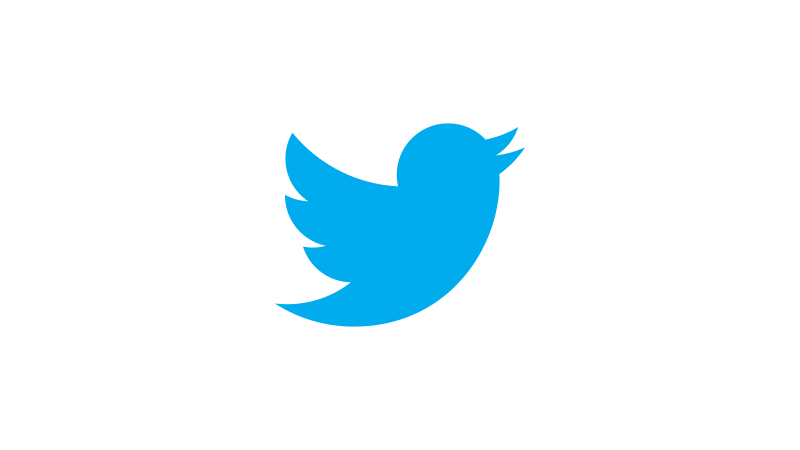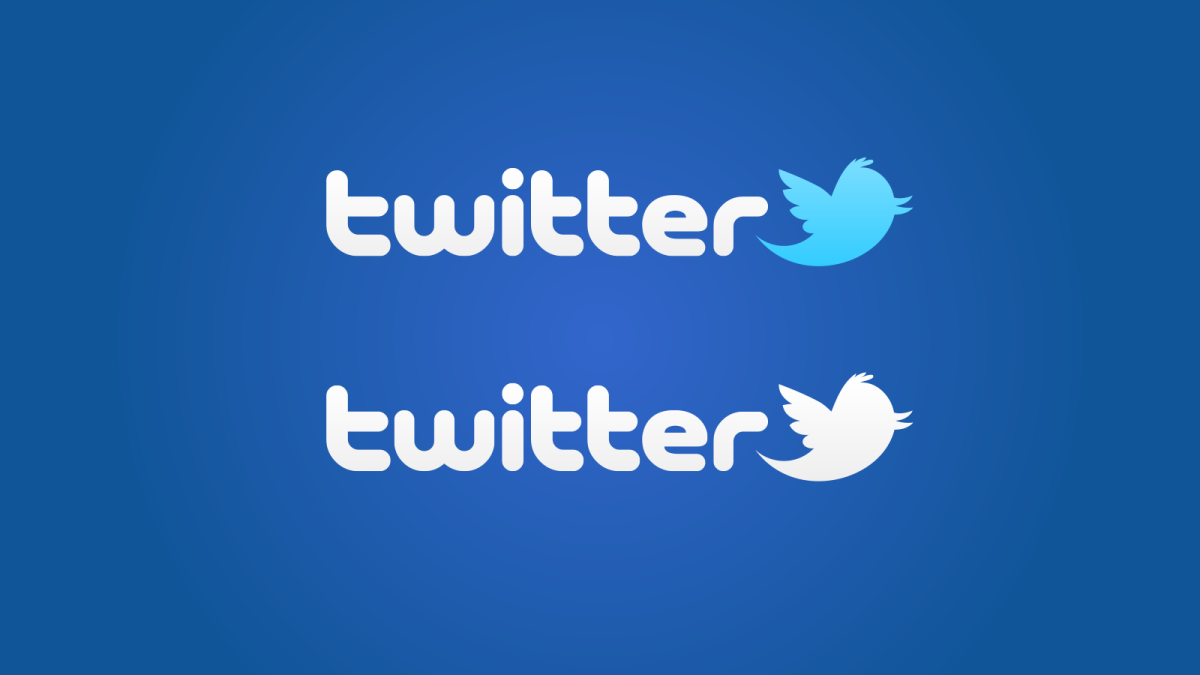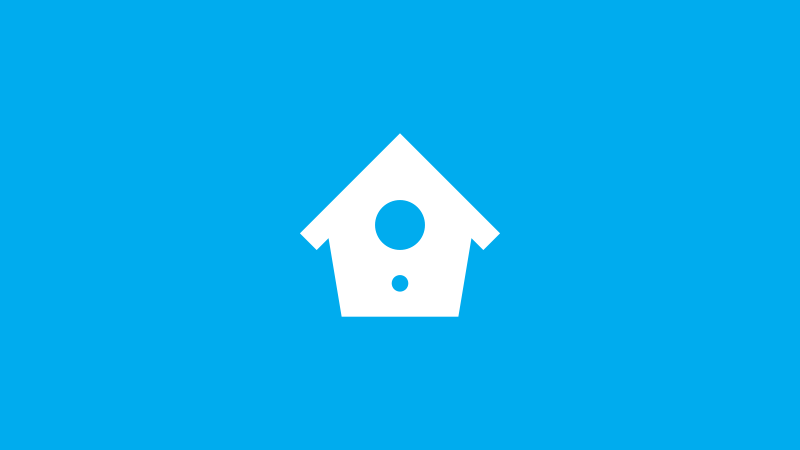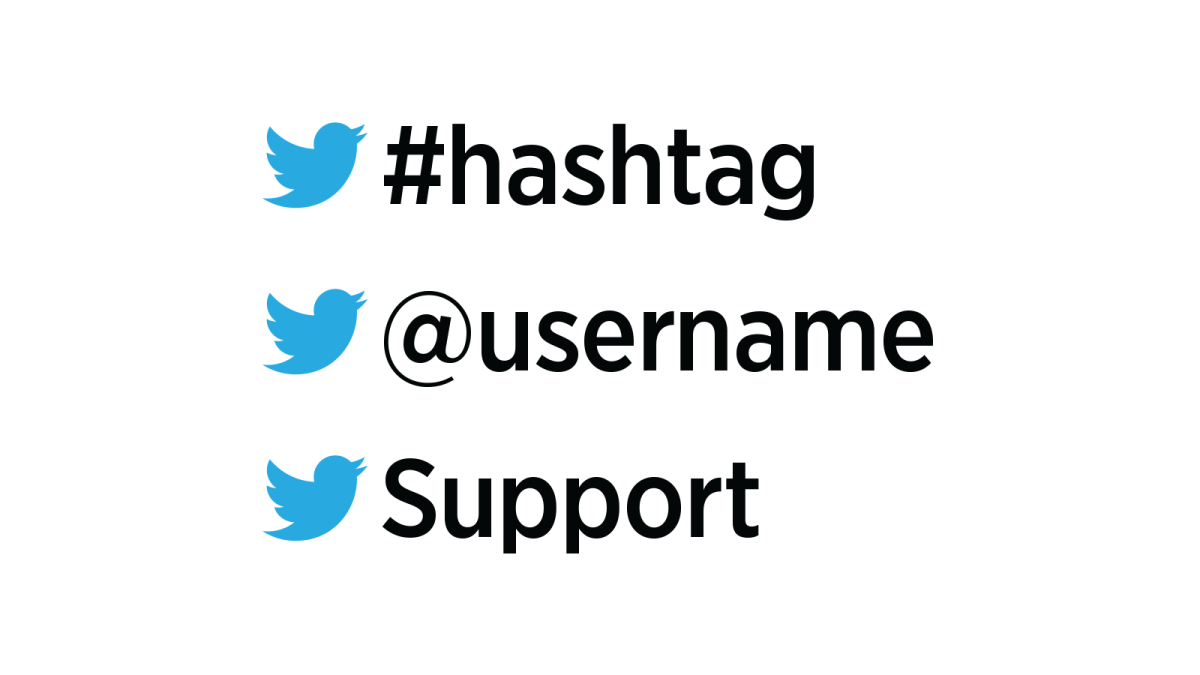Twitter brand evolution
Aviary evolution
As Creative Director at Twitter, I directed and oversaw both UX and Marketing design teams, and was the shepherd of the Twitter brand as the company and network evolved from a tiny startup to one of the most used and depended-on social services anywhere.

Pre-logo Larry the bird
When I joined as Creative Director, Twitter had been using a bird known internally as “Larry” (illustrated by Phil Pascuzzo, under direction of Biz Stone). Larry was used on supporting materials, but was not yet on the site, nor as Twitter’s logo.
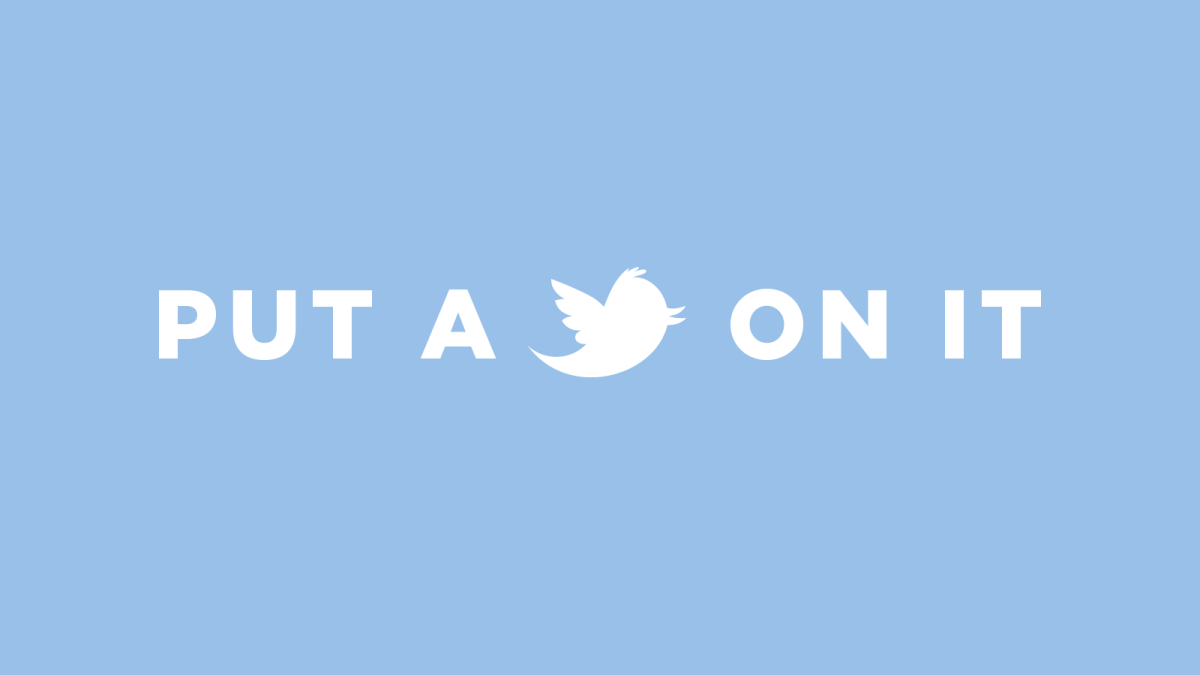
Inspired by the sketch comedy television series, Portlandia, we created a shirt design, and we put [our] bird on it.
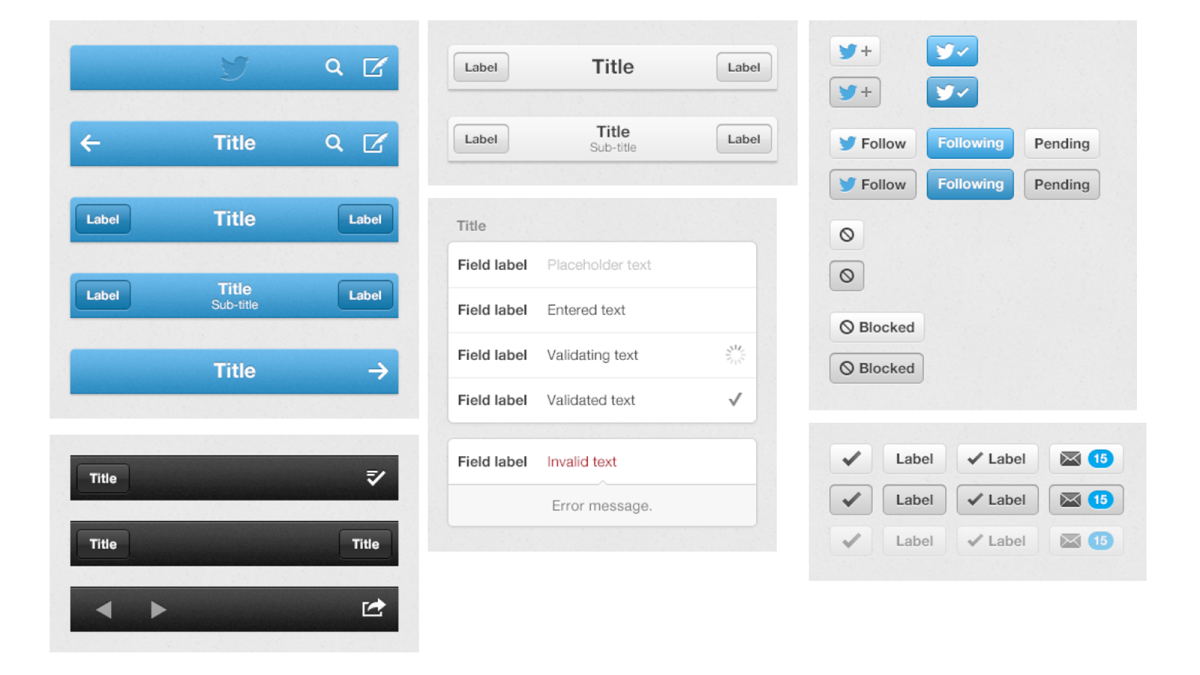
We developed an ever-evolving set of common components for Twitter that had to stay fresh and in congruency with each platform and its UI changes.
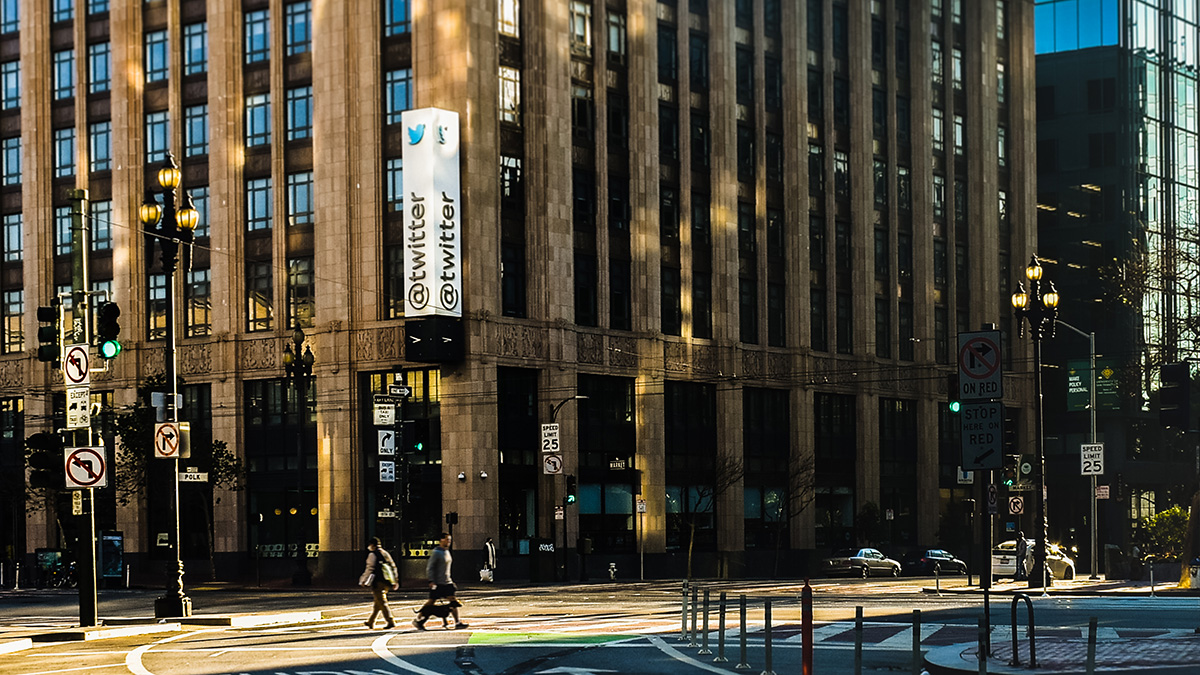
I worked with our facilities team on the design of Twitter HQ’s signage on our building in San Francisco. I pushed heavily for the sign to use “@twitter” in homage to Twitter’s popularization of the @username format, and because of the physical location it represented for anyone who could see the sign.


